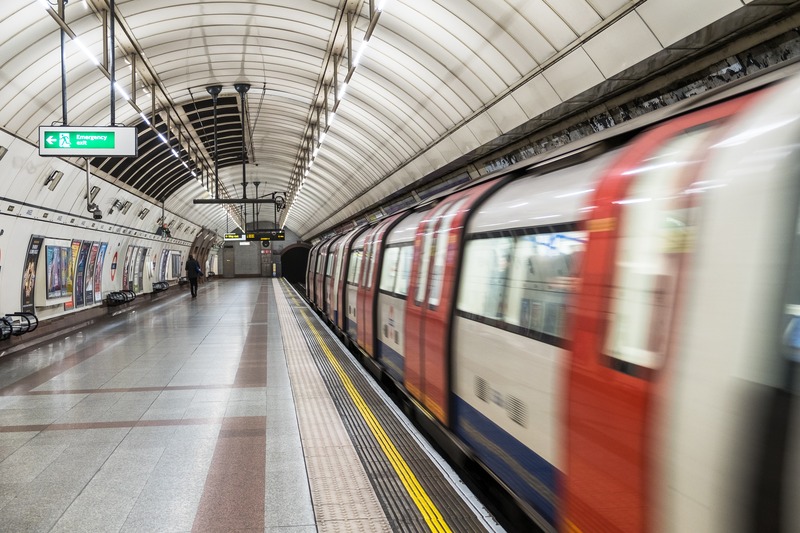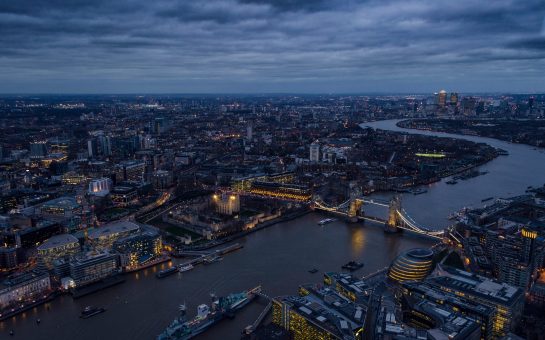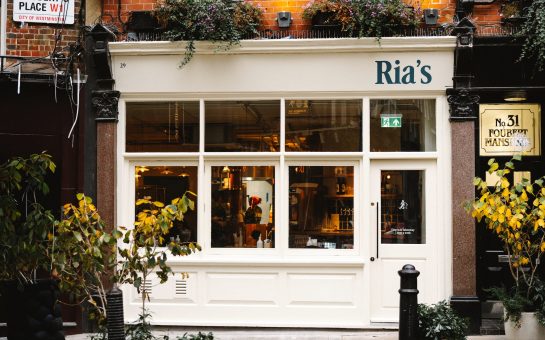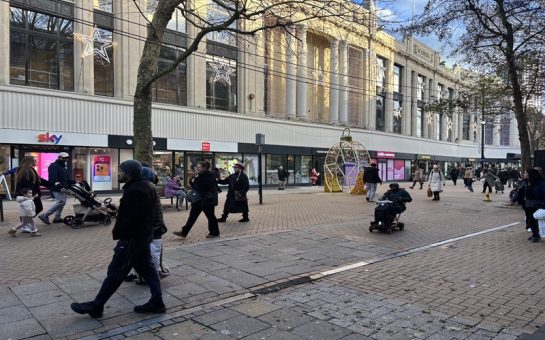Less than a quarter of London Tube stations have fully accessible trains.
Just 60 of the London Underground’s 272 stations (22%) have step-free access from street to train, data shows.
Of these stations, even fewer provide access to every platform or between every Tube line.
This means that the proportion of stations with equal access between underground users who require step-free access and those who do not is very low.
Ninety-two of London’s Tube stations have some form of step-free access, but 32 of these are only accessible from street to platform.
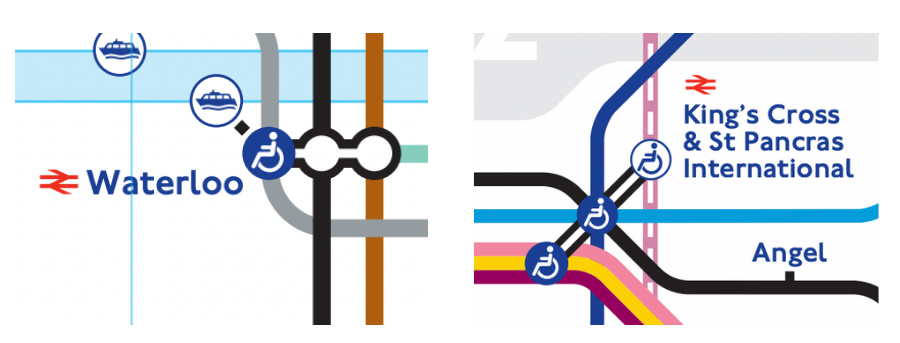
Tube users who require step-free access on these platforms may then need to request additional assistance from those they are travelling with, staff, or strangers to board and alight the train.
In some stations, there are ramps available, but organising for staff to deploy them at each relevant entrance and exit is time-consuming and inefficient, users have said.
And for some disabled passengers, further support is required to make such arrangements.
In 2021, TfL conducted a consultation to find out how it could improve its services for disabled people.
One respondent who is a frequent Tube user and a parent or carer for a disabled person said: “We avoid manual ramps. The reason being that communication between stations had been poor in the past, and we would be stressed when no one was there to help.”
Some respondents also said that ramps were sometimes not available or that staff had not prepared the ramps ahead of their arrival at the station.
Without the right provisions, some have resolved to avoid using the service altogether.
Another respondent who has a mobility problem and a long-term illness said: “I used the Tube all the time, but when I became a wheelchair user, I realised the Tube was not accessible for me. I have not used the Tube for many years now, and this affects my social and work life in a big way.”
Improving accessibility not only encompasses step-free stations, but also means providing more trained staff at Tube stations to support people with accessibility needs, introducing better signs about services such as toilets, lifts and escalators, and ensuring up-to-date maps about step-free stations are available to help with journey planning.
The ability to use the Tube is hugely important in giving Londoners access to equal opportunities in their personal and professional lives.
The graph below shows the percentage of stations on each London Underground providing step-free access either from street to train or street to platform.
The Bakerloo and Central line are the oldest lines on the London Underground and performed the worst in this survey.
The Bakerloo line has only 6.7% step-free access at its stations, none of which are street-to-train accessible.
Similarly, only 13 of the Central Line’s 49 stations have some form of step-free access and none provide street-to-train access.
This affects many different groups, including disabled people and people with health issues, young families and people travelling with buggies, older people, and people travelling with luggage and other large items.
When transport is designed with all travellers in mind, everyone benefits.
Not only is it more inclusive, but means fewer people are opting to drive which in turn means reduced air pollution and less congestion.
While it is clear there is still much work to be done, the government has taken steps to make the network more accessible.
Earlier this month, the BBC reported that TfL named ten underground stations on its priority list to be converted to step-free access.
TfL said the first station is expected to be converted by 2026.
Commenting on the development, Caroline Stickland, chief executive at Transport for All, said: “Currently, only one in three London Underground stations has step-free access. This shuts disabled people out of vast swathes of the network, forcing us to take long and convoluted routes, and even preventing us from travelling entirely.
“By offering more targeted investment to prioritise areas that will have the widest impact, this policy can make a meaningful difference to the lives of disabled Londoners.”
TfL is aiming to make half the network’s stations fully accessible by 2041. All 41 of the Elizabeth line stations are also step-free.
Andy Lord, London’s Transport Commissioner, said: “More than a third of the Tube network is now step-free, and we have also delivered the step-free Elizabeth line, as well as improvements on the London Overground, but we know that we must do more to make London’s transport network truly accessible and inclusive.
“This is why we’re working with partners to fund even more step-free access at Tube stations and these stations are a key part of these plans to create a more accessible public transport network that benefits everyone.”
